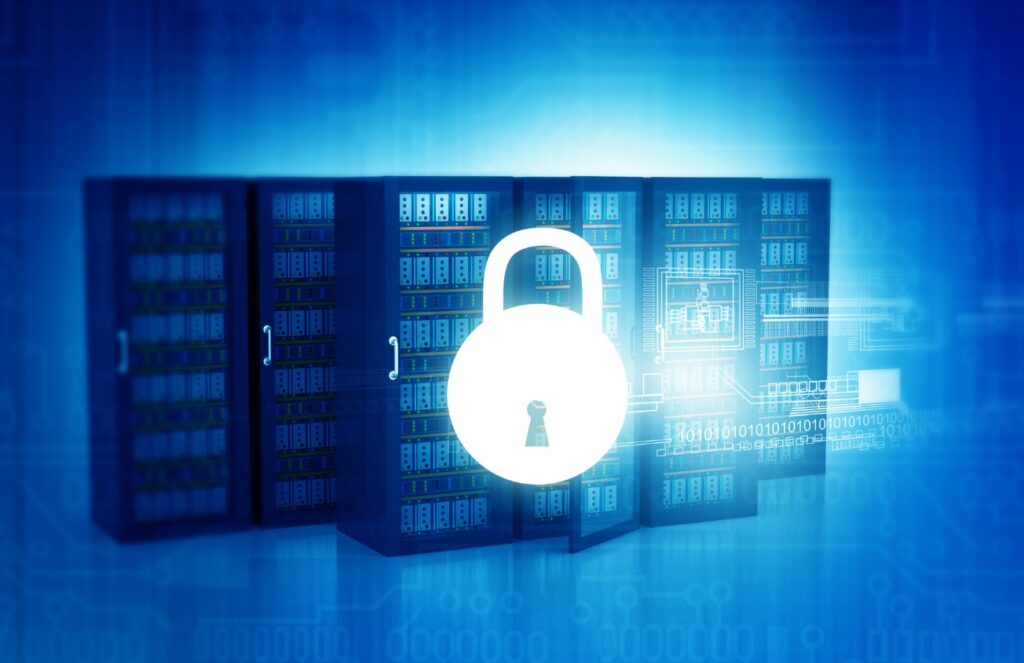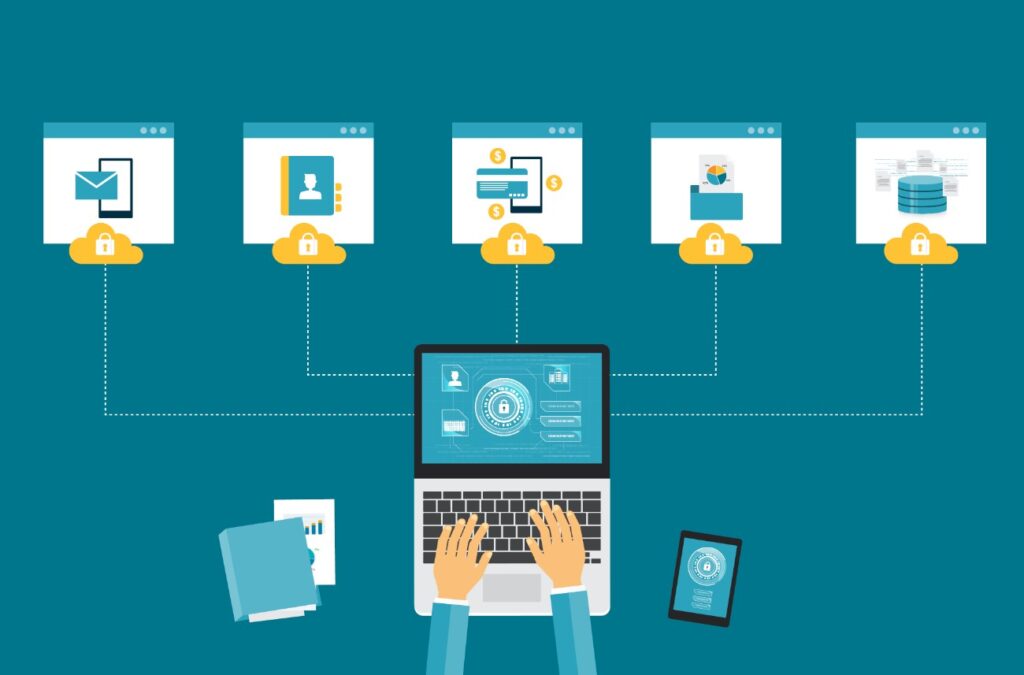Every DBA knows that security is a critical part of the job. But what are some of the best practices for securing your SQL Server? In this post, we’ll look at how to keep your data safe and secure by implementing authentication and authorization, encryption, and backup.
As a SQL Server database administrator (DBA), you are responsible for managing the security, performance, and availability of your organization’s databases. Your responsibilities also include database design, development, and maintenance.
Importance of Security in SQL Server DBA Practices

Source: fortifieddata.com
SQL Server DBA security best practices are important for any database. Security is an essential part of SQL Server DBA practices, and it’s a key component for ensuring database availability and reliability. It also helps ensure database integrity, as well as performance.
If you’re responsible for maintaining SQL server DBA services at your organization, then this guide will help you understand how to implement effective security measures that prevent unauthorized access or modification of data by malicious attackers.
Encryption and Data Protection Strategies

Source: aureon.com
Encryption and data protection strategies play a crucial role in ensuring the confidentiality, integrity, and availability of sensitive data. Here are some commonly used strategies:
- Encryption: Encryption is the process of converting plain text data into unreadable ciphertext using cryptographic algorithms. It ensures that even if the data is intercepted or accessed by unauthorized individuals, it remains secure. There are two main types of encryption: symmetric encryption (using the same key for encryption and decryption) and asymmetric encryption (using different keys for encryption and decryption).
- Data classification: Classifying data based on its sensitivity helps in applying appropriate security controls. By categorizing data into different levels (such as public, internal, confidential, or highly sensitive), organizations can tailor their data protection strategies accordingly.
- Access control: Implementing robust access control mechanisms ensures that only authorized individuals can access sensitive data. This involves using strong passwords, implementing multi-factor authentication, and creating role-based access controls.
- Regular data backups: Regularly backing up data helps in preventing data loss due to accidental deletion, hardware failure, or malware attacks. Backup data should be securely stored and encrypted to maintain its integrity and confidentiality.
- Network security: Securing the network infrastructure is essential for protecting data during transit. This can be achieved by implementing firewalls, intrusion detection/prevention systems, secure Wi-Fi networks, and Virtual Private Networks (VPNs) for remote access.
Remember, data protection strategies should be tailored to the specific needs of the organization and align with regulatory requirements to ensure comprehensive data security.
Patching and Updating SQL Server for Security
In the world of information security, patching and updating are crucial. This section will explain how to apply patches and updates in SQL Server, test them before they’re applied, roll back if something goes wrong and troubleshoot issues that may occur after applying a patch or update.
In general terms, a patch is an update that’s applied directly to the operating system or application itself without having to reinstall everything from scratch (which would be time-consuming).
Patches fix bugs in software so that it functions correctly again after being modified by other programs or users who don’t follow best practices when working with your database(s). When an exploit happens on your network due to unpatched systems on it (for example), this could cause serious damage if left unattended for too long, so make sure all security measures are taken care of before anything else!
Explore reliable database management services at https://dbserv.com/database-management-services to ensure a proactive approach to patching and securing your database infrastructure.
Backup and Recovery Planning for Security Assurance

Source: technologysolutions.net
In order to ensure secure access to data, backup and recovery procedures must be tested regularly. To do so:
- Review backup and restore procedures with your DBA team.
- Perform regular backups on all databases that contain sensitive data, including production databases and development environments (if applicable).
- Track the status of backups through monitoring tools such as Central Management Servers (CMS) or Operations Manager (OM), which can identify whether there are any errors occurring during the backup process and provide alerts when errors occur.
Authentication and Authorization Best Practices
- Use strong and unique passwords: Encourage users to create passwords that are complex, contain a combination of letters (both uppercase and lowercase), numbers, and special characters. Additionally, ensure that users are using different passwords for each account they have.
- Implement multifactor authentication (MFA): MFA adds an extra layer of security by requiring users to provide multiple forms of authentication, such as a password and a code sent to their phone or email. This helps to protect against unauthorized access even if a password is compromised.
- Regularly update and patch software: Keeping your software up to date ensures that any vulnerabilities or security flaws are patched, reducing the risk of unauthorized access through known exploits.
- Use secure protocols: When transmitting sensitive information over the internet, use secure protocols such as HTTPS. This encrypts the data being transmitted, making it difficult for attackers to intercept and read.
- Implement role-based access control (RBAC): RBAC ensures that each user is granted the appropriate level of access based on their role or responsibilities within the system. This helps prevent unauthorized access to sensitive information.
- Regularly review and revoke unnecessary access privileges: Periodically review user access privileges and remove any that are no longer necessary. This prevents unauthorized access due to accounts with unnecessary access privileges.
- Monitor and log authentication and authorization events: Implement monitoring and logging mechanisms to track authentication and authorization events. This allows you to detect and respond to suspicious activities or attempted unauthorized access.
- Educate users about phishing and social engineering: Users should be educated about common techniques used by hackers, such as phishing emails and social engineering. By being aware of these techniques, users can better protect themselves from falling victim to such attacks.
- Implement a secure password reset process: Ensure that the password reset process is secure and validates the identity of the user before allowing them to change their password.
- Regularly conduct security assessments and penetration testing: Regularly assess the security of your authentication and authorization systems through security assessments and penetration testing. This helps identify vulnerabilities and weaknesses that could be exploited by attackers.
Remember that best practices may vary depending on the specific requirements and context of your system. It is always a good idea to consult with security professionals and stay updated on the latest security practices and guidelines.
SQL Injection Prevention and Best Practices
SQL injection is a type of attack where malicious code is executed within the SQL query, allowing the attacker to control how data is displayed or manipulated. The attacker can steal data from the database or manipulate the data in the database.
The best way to prevent SQL injection attacks is:
- Use parameterized queries (prepared statements) when executing user input against your database. This prevents SQL injection by encoding all user input into a string so that if there are any special characters in it, they won’t be interpreted as part of an SQL statement.
Disaster Recovery and Business Continuity Measures
Disaster recovery and business continuity are two important measures that organizations implement to ensure the continuation of critical business operations in the event of a disaster or disruption. Let’s look at each concept separately:
Disaster Recovery:
Disaster recovery involves the strategies and plans put in place to recover and restore critical systems, applications, and data in the event of a disaster. This can include natural disasters like fires or floods, as well as human-induced disasters like cyber-attacks or system failures.
Some key elements of a disaster recovery plan include:
- Business Impact Analysis (BIA): Assessing the potential impact on the organization’s operations, revenue, and reputation in the event of a disaster.
- Recovery Point Objective (RPO): Determining the maximum acceptable amount of data loss in case of a disaster.
- Recovery Time Objective (RTO): Identifying the maximum tolerable downtime for critical systems and applications.
- Off-site Data Backup: Keeping backups of critical data in secure off-site locations to ensure data survivability.
- Redundancy and Failover: Implementing redundant systems and failover mechanisms to ensure continuous operation during system failures.
- Testing and Maintenance: Regularly testing the disaster recovery plan and updating it as needed to address evolving threats and changes in the organization’s infrastructure.
Business Continuity:

Source: tierpoint.com
Business continuity focuses on ensuring the continuation of critical business functions and processes during and after a disruption. It involves the development of plans and procedures to minimize downtime, maintain productivity, and manage the impact of a disaster on business operations.
Key elements of a business continuity plan include:
- Risk Assessment: Identifying potential risks and vulnerabilities to the organization’s operations.
- Business Impact Analysis (BIA): Understanding the critical functions and processes that need to be prioritized for continuity.
- Alternate Worksite: Establishing backup locations or remote work arrangements to ensure business operations can continue.
- Communication Plan: Establishing a protocol for communicating with employees, stakeholders, and customers during a disruption.
- Supply Chain Management: Assessing and mitigating risks in the supply chain to ensure the availability of critical resources and dependencies.
- Training and Awareness: Educating employees about their roles and responsibilities in executing the business continuity plan.
- Testing and Maintenance: Regularly testing the business continuity plan through simulations and exercises to identify areas for improvement.
By implementing comprehensive disaster recovery and business continuity measures, organizations can minimize the impact of disruptions and ensure the resilience of their critical operations.
Conclusion

Source: budaconsulting.com
It is important to remember that the security practices outlined in this article are not exhaustive. There are many best practices that you can follow, but these are some of the most significant ones when it comes to ensuring the safety of your data.
Security is an ever-changing field and new threats emerge every day. It’s up to us as DBA professionals to stay informed about these developments so we can keep our systems protected at all times!



